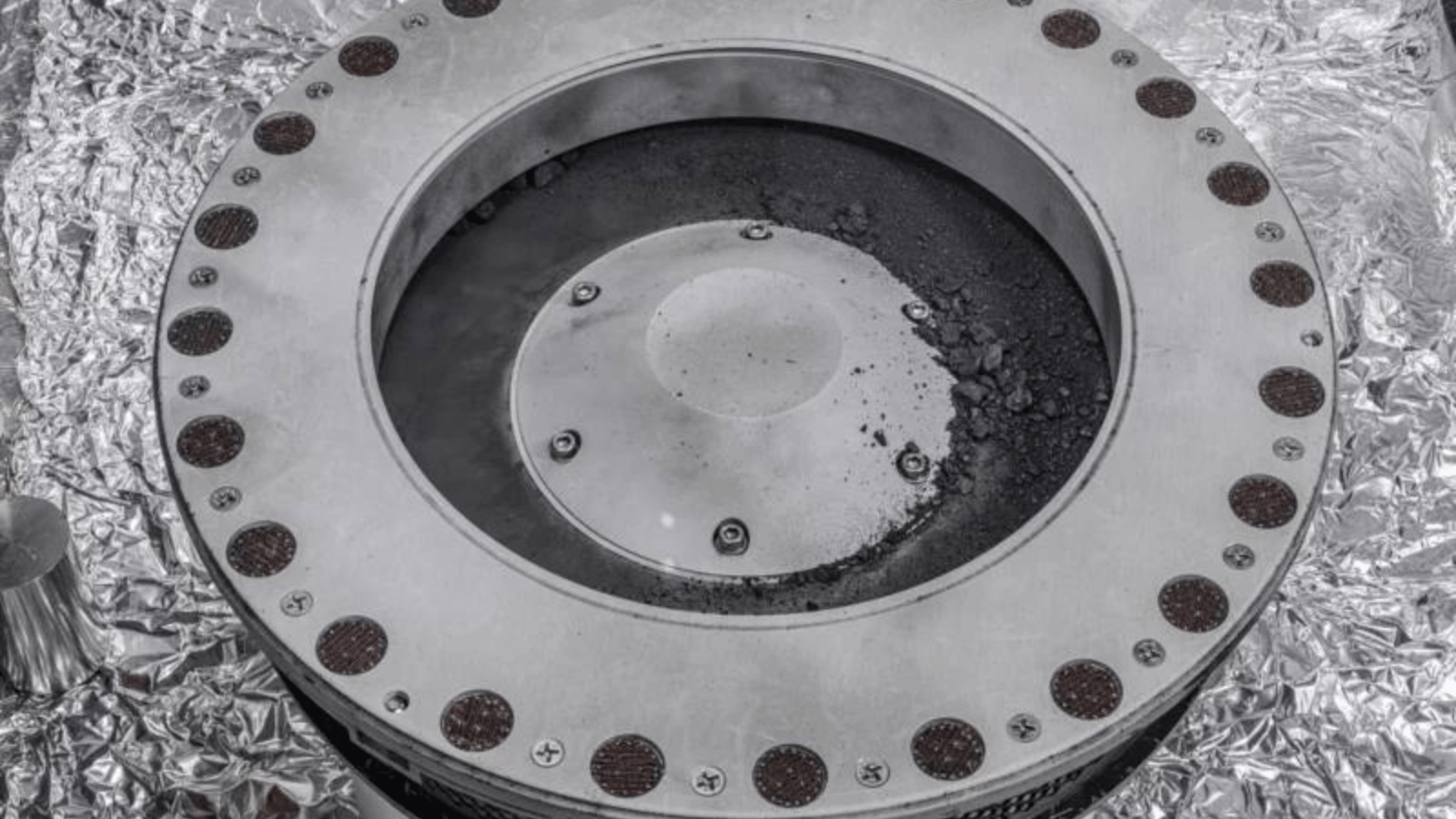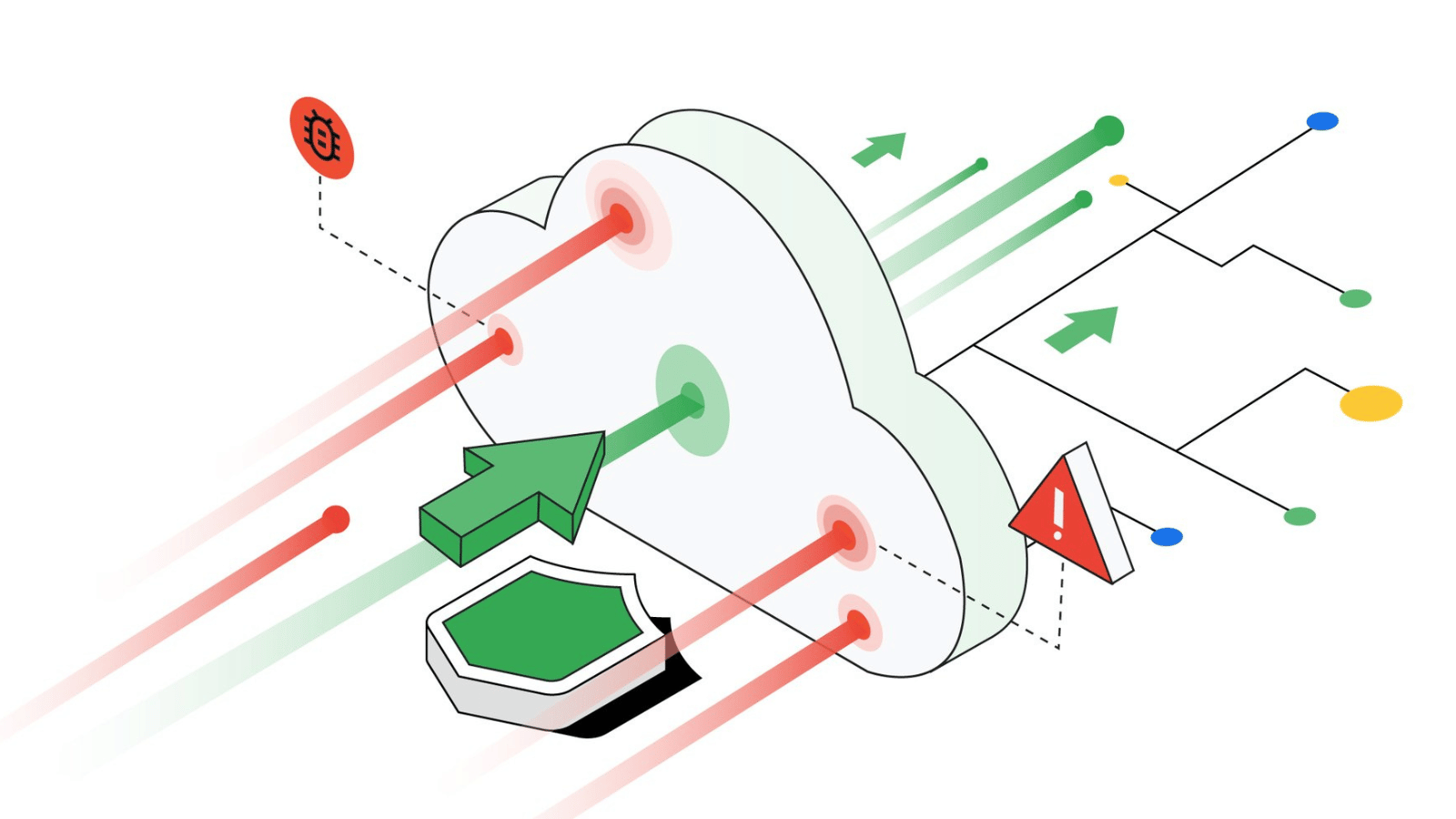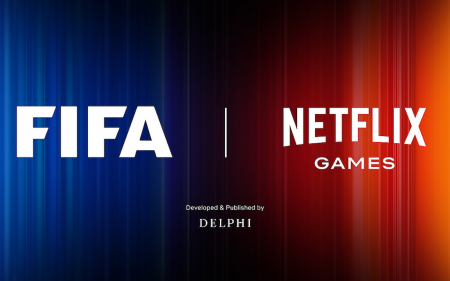DDoS for the lose
One of the largest DDoS (Distributed Denial-of-Service) attacks ever just happened and, like most of the record-breaking attacks we’ve seen in the past few years, it was Google Cloud leading the charge to get it shut down. In its announcement, Google alerted the world to a flaw that could make another DDoS attack on this scale successful in the future.
The attack saw a peak of over 398 million requests per second (RPS), an attack that’s 7.5 times larger than the last big DDoS that took place in August this year. “For a sense of scale, this two-minute attack generated more requests than the total number of article views reported by Wikipedia during the entire month of September 2023.” Yikes.
The point of a DDoS attack is to take a website or service offline through a massive series of requests in a short time to “exhaust their ability to process incoming requests.” The flaw that allowed such a huge number of requests has to do with the HTTP/2 protocol which was designed to allow internet connections to open up to concurrent data streams.
“Unfortunately, the features that make HTTP/2 more efficient for legitimate clients can also be used to make DDoS attacks more efficient,” Google said. It did warn industry peers of the flaw and is busy finding a solution to the issue to prevent the same vulnerability from being used again. Whew.
Don’t let Wes Anderson near this one

After spending seven years up above, one of NASA’s small spacecraft carrying around samples from the Bennu asteroid finally touched down in a Utah desert last month, bringing with it materials that have scientists all fired up. And before you ask, the answer is a resounding ‘no’. We won’t be getting confirmation of sentient life from infinity and beyond.
NASA’s mission might lead to some more discoveries a little closer to home, specifically about the origin of Earth and possibly gleaning some information about ourselves. Upon touchdown, the samples were given a VIP trip to a clean room at Johnson Space Center to avoid any possible contaminations. More will be happening over the coming weeks as NASA begins the cataloguing process – though some materials outside the container mean NASA has something to reveal.
It did so at an event on Wednesday, revealing that the mission brought back more than 250 grams of pebbles and dust – more than the 60 grams NASA would have considered a success before the mission’s launch. That pile of dust and rubble will eventually be loaned out in small dribs and drabs to scientists across 35 countries partaking in the OSIRIS-Rex mission.
Even so, what does a cluster of rocks and dust weighing as much as Snoop Dogg’s daily intake have to do with us? A lot, apparently. The Bennu asteroid is comprised of rocks and chemicals that were formed around at the beginning of Earth’s creation. We’ll spare you the nitty-gritty details, but the big idea is for NASA to potentially learn how planets like Earth and Mars formed. Another leading theory is that asteroids such as Bennu might have turned Earth from a big rock into a place crawling with life. So aliens may not be totally out of the question, especially if we were the aliens all along.
EA Sports FC Tactical
Still mourning the loss of the FIFA brand? Well, get used to it. FIFA is dead and EA Sports won’t be bringing it back. Instead, it’s leaning into the loss of the Football Federation’s name and expanding its own brand in the form of EA Sports FC Tactical. It’s… a mobile game (not to be confused with EA Sports FC Mobile) that’ll play like a turn-based strategy game. Yeah, it’s odd. We’re well aware.
Tactical is set to hit digital shelves sometime in early 2024, though iOS and Android users can already pre-register for the game. It’s designed to be an “interactive simulation” and sports more than 5,000 real football players, with leagues like the Premier League, Ligue 1, and Serie A making an appearance.
“EA SPORTS FC Tactical embraces strategic gameplay to create an all-new football experience that immerses players in the World’s Game like never before,” said Nick Wlodyka, senior vice president and general manager of EA Sports FC.
It’s supposedly meant to bring “authentic football action like never before”. Players will take control of players and will be able to attack, defend, and pull off rainbow flicks, while also strategically controlling stamina and “power-play” management. We’ve got a few pictures to give us a general idea of what the game will look like, courtesy of its early listings.
G-Shock’s latest is a love letter to the Milky Way, but you can’t have it
If you’re a fan of G-Shock, pretty watches, or space, you’re going to want to see what Japanese watchmakers G-Shock have cooked up. It’s called the GM-2100MWG-1A “Milky Way Galaxy Edition,” and it’ll be on the market later this month. Annnd… you can’t have it, even if you do have ¥1,990 Yuan lying around.
That’s because there aren’t any plans for the watch to leave the Chinese market, though according to G-Central, it might get a release in other regions “later.” Until then, we’ll have to gaze at the watch’s beautiful face from afar. The watch, sporting a stainless-stell bezel and all sorts of spacey hues, was made in collaboration with the China Aerospace Science and Technology International Exchange Center. Hey, folks get all excited when NASA does it.
Those wavy patterns on the bezel are a product of laser engraving and a purplish ion plating to make its resemblance to space more apparent. Its dial – which has a “gradated metallic vapor deposition” is also meant to inspire thoughts of the Milky Way. As far as we can tell (we can’t read Chinese), the watch isn’t a smart one so you won’t get much more out of it than the time and the occasional bit of drool from onlookers.







